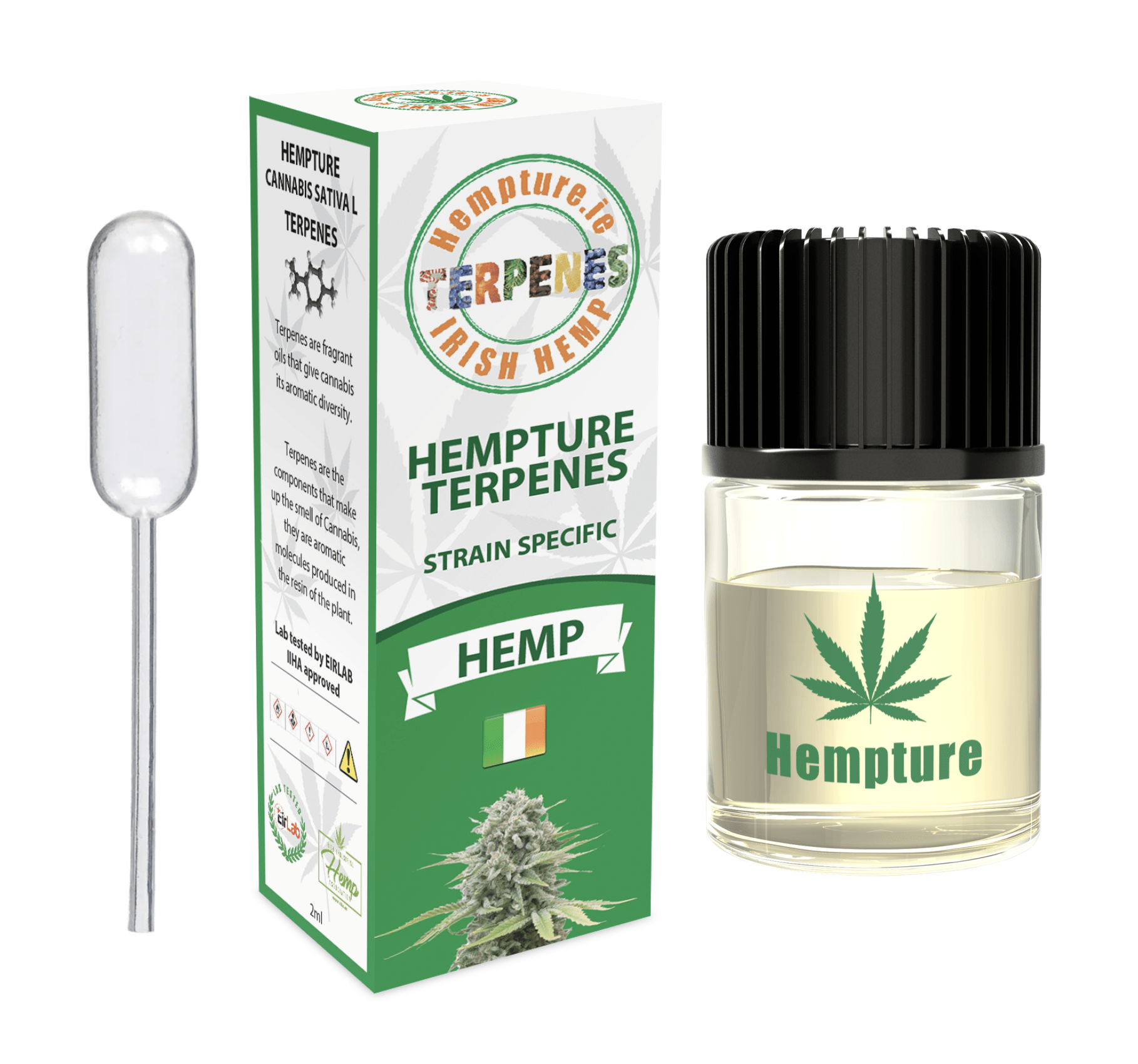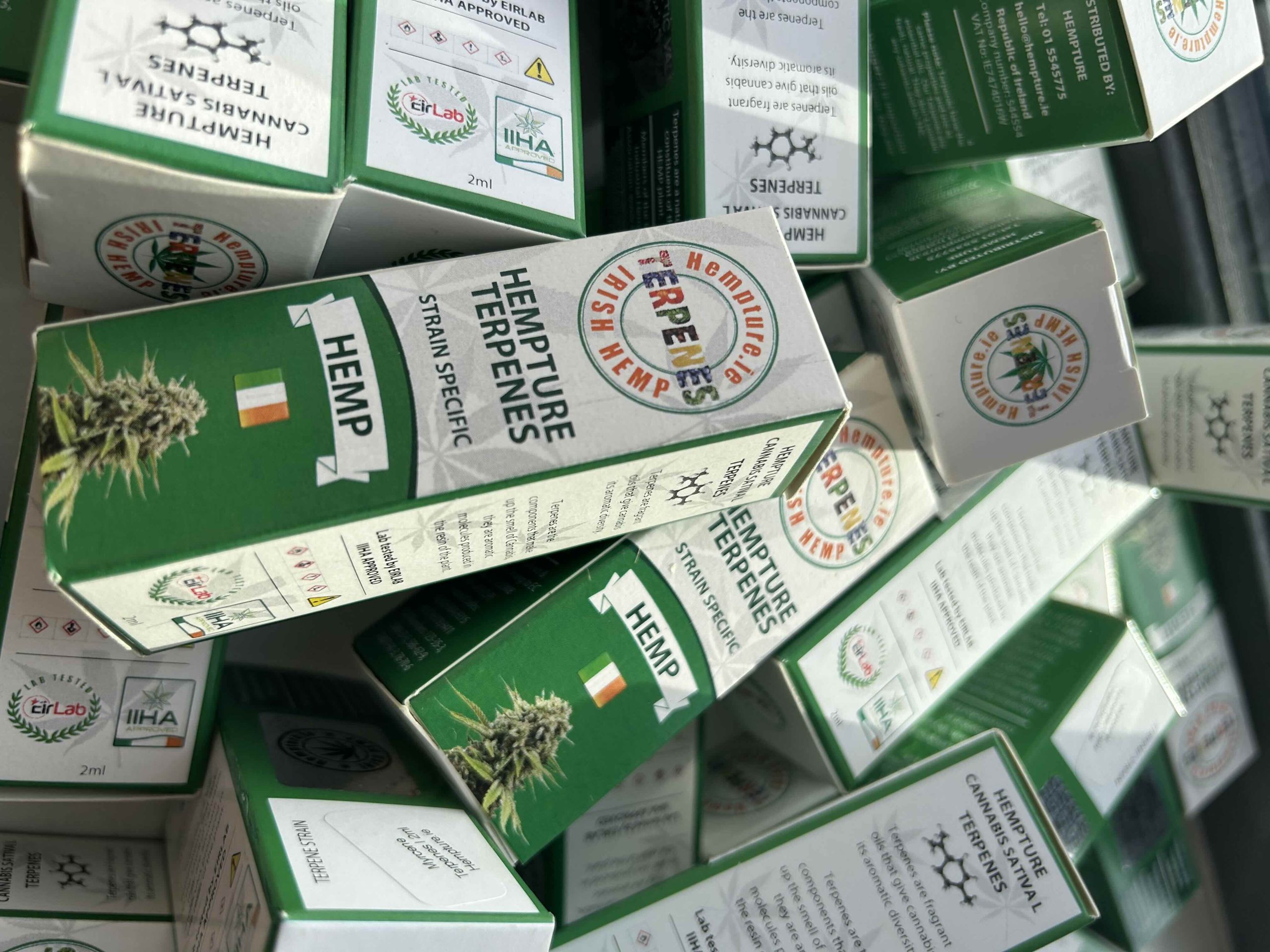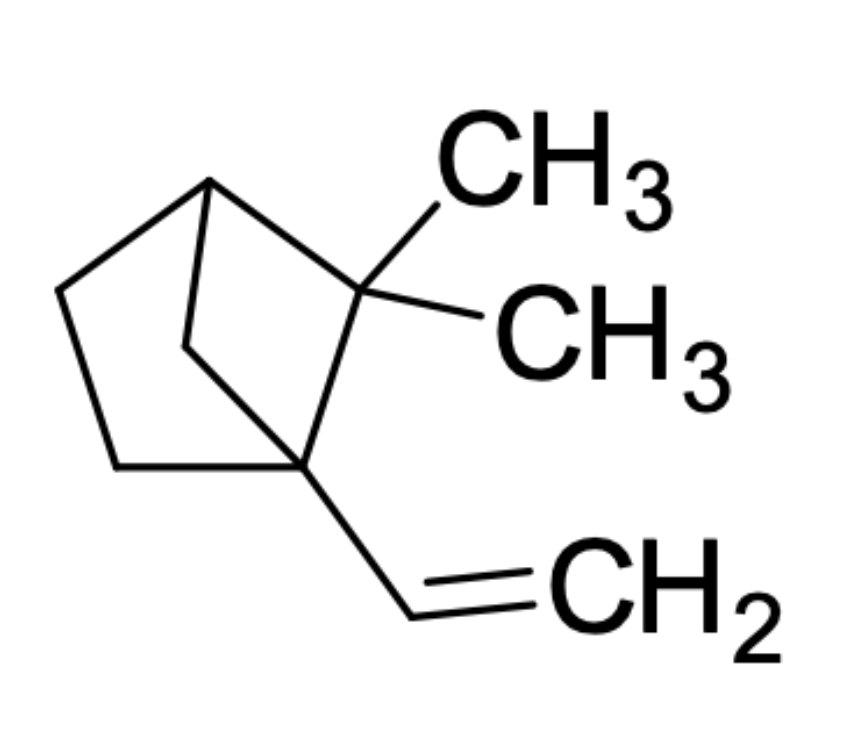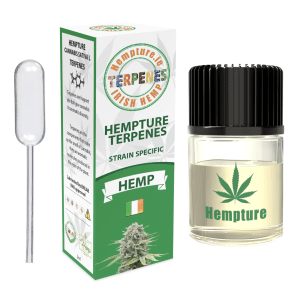Description
HASHISHENE Terpene
Our isolated Cannabis Terpenes are completely raw and undiluted, they can be used individually in your product to harness each terpene’s unique effect or combined in different terpenes.
In nature terpenes do not occur in isolation. Individual plants produce a variety of types of these molecules that come together to form what is called a terpene profile. Research has revealed that terpenes possess significant wellness properties.
Terpenes/terpenoids have a wide range of biological and pharmacological activities, for instance, antifungal, antiviral, anticancer, anti-inflammatory, antihyperglycemic, antiparasitic, antioxidant, and antimicrobial.
Hashishene is created by the “light induced rearrangement of β-myrcene during the manufacture of hashish.” In other words, Hashishene is a somewhat-degraded form of myrcene which is why it has the same molecular weight and formula as myrcene, though a radically different chemical structure. The researchers suspect that because “hashish is manufactured according to a lengthy process involving repetitive steps of sieving and drying of the resin-rich female heads of cannabis plants” there is plenty of opportunity for “exposure to sunlight during those drying steps which could therefore be reasonably considered responsible for the photolytic formation of hashishene from myrcene.
Hashishene is difficult to produce, currently we have capacity to produce approx 400ml per month.
The use of hashishene as a way to detect hash samples has clear value to law enforcement and other government and research groups, as a result the researchers have already submitted “the use of 5,5-dimethyl-1-vinylbicyclo hexane as volatile marker of hashish” to the European Union for patent protection. But, since hashishene has already been found in at least one other plant, Scotch Spearmint, perhaps use of this method will result in false positives.
Since hashishene is a mutated form of myrcene, and myrcene exists widely in nature, in fruit like mangoes and herbs like hops, then theoretically hashishene should exist in other concentrated forms of plants, such as heavily hopped beer or potentially in essential oils used in aromatherapy. Investigating other concentrates, like heavily-hopped beers, could make for interesting follow-up research. At this early stage little is known about Hashishene, including its medical properties.
In 2014, a study released by the Journal of Chromatography A discovered that hashish characteristics are thanks to the degradation of a terpene common to the cannabis plant. Resin extracts oxidize to produce high amounts of a rare monoterpene known as 5,5-dimethyl-1-vinylbicyclo[2.1.1]hexane. The researchers of the study coined the catchier name “hashishene” for their newly discovered terpene.
Full details: Hashishene MSDS (PDF)
View: Cannabinoid and Terpenes Guide
Package contains: 1ml Glass Vial of Terpenes

The production of this terpene has been made possible with the very helpful assistance of EIRLAB.

Some basic articles are summarising what is currently known about Hashishene:
https://www.alchimiaweb.com/blogen/hashishene-the-terpene-of-hashish
https://hightimes.com/strains/hashishene-the-new-terpene-on-the-block
http://theleafonline.com/c/science/2016/06/terpene-profile-hashishene










